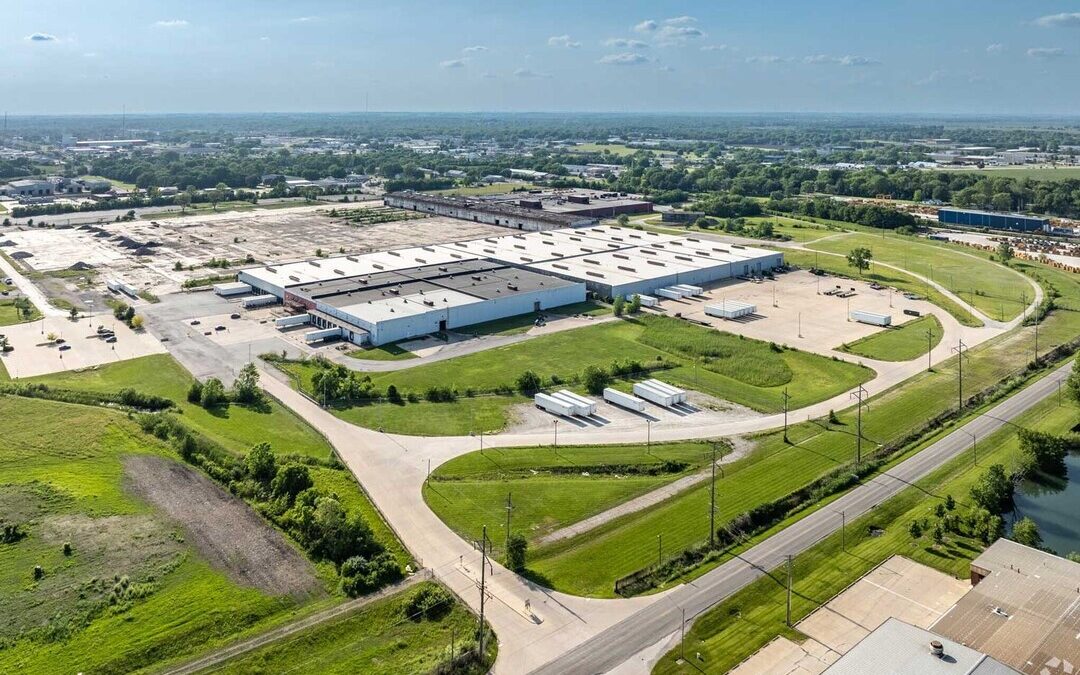Google Backs 1st Carbon Capture Power Project to Advance Clean Energy Goals
Google’s Illinois project marks a major step in advancing carbon capture technology to power data centers with cleaner energy.
Google has signed its first corporate agreement to support a gas-fired power plant with carbon capture and storage technology in Illinois, marking a significant step toward advancing clean firm energy in the United States.
The deal with Broadwing Energy in Decatur will enable the capture and permanent storage of about 90 percent of the plant’s carbon dioxide emissions.
Google will purchase most of the electricity produced, helping to bring the 400-megawatt facility online and connect it to the regional grid that powers its data centers.
Michael Terrell, Google’s head of advanced energy, said the partnership opens “a critical technology pathway” for achieving a clean, affordable, and reliable energy future.
“We hope it will accelerate the path for carbon capture technology to become more accessible and affordable globally,” he said in a company blog post on Thursday.
The agreement follows Google’s earlier commitments to develop advanced nuclear, enhanced geothermal, and long-duration storage projects to meet its goal of operating entirely on carbon-free energy.
How the Project Works
The Broadwing plant will be built at an industrial site operated by Archer Daniels Midland, which already stores carbon dioxide from ethanol production.
The captured CO2 from the new facility will be injected more than a mile underground into ADM’s U.S. Environmental Protection Agency–approved sequestration wells.
The project, developed by Low Carbon Infrastructure, a portfolio company of I Squared Capital, aims to demonstrate that carbon capture can be deployed at a commercial scale for power generation.
Construction is expected to create about 750 full-time jobs over the next four years and dozens of permanent roles once operations begin.
Ensuring Safety and Transparency
Google said Broadwing will adhere to stringent environmental and safety standards throughout its development. LCI has engaged local communities and pledged ongoing consultation as the project progresses toward commercial operation, targeted for early 2030.
To ensure credibility in emissions accounting, the project will use newly developed CCS-specific Energy Attribute Certificates, allowing verified tracking of captured and stored CO2.
Why Carbon Capture Matters
Carbon capture technology captures CO2 from industrial facilities and power plants, then stores it permanently underground to prevent it from entering the atmosphere.
Global energy institutions, including the International Energy Agency and the Intergovernmental Panel on Climate Change, recognize it as a vital tool for decarbonizing hard-to-abate sectors such as steel and cement.
While some critics argue the technology remains costly, Google believes commercial-scale deployment can improve efficiency and lower costs through innovation and experience.
Looking Ahead
Terrell said the company will continue to invest in emerging technologies that can reduce emissions and enhance grid reliability. “Our collaboration with LCI will help fast-track technical and operational improvements, from raising capture rates to improving system performance,” he wrote.
Beyond power generation, Google is also leveraging artificial intelligence to curb emissions in other sectors. In 2024, its AI-powered tools helped users cut an estimated 26 million metric tons of CO2 equivalent — roughly equal to the annual energy use of 3.5 million U.S. homes.
“With projects like Broadwing, we’re building the foundation for a cleaner, more resilient energy system,” Terrell said. “Each step moves us closer to a carbon-free future.”
Also Read:
Google Signs 1st Geothermal Energy Deal in Asia to Power Taiwan Operations
Nirmal Menon
Related posts
Subscribe
Error: Contact form not found.


